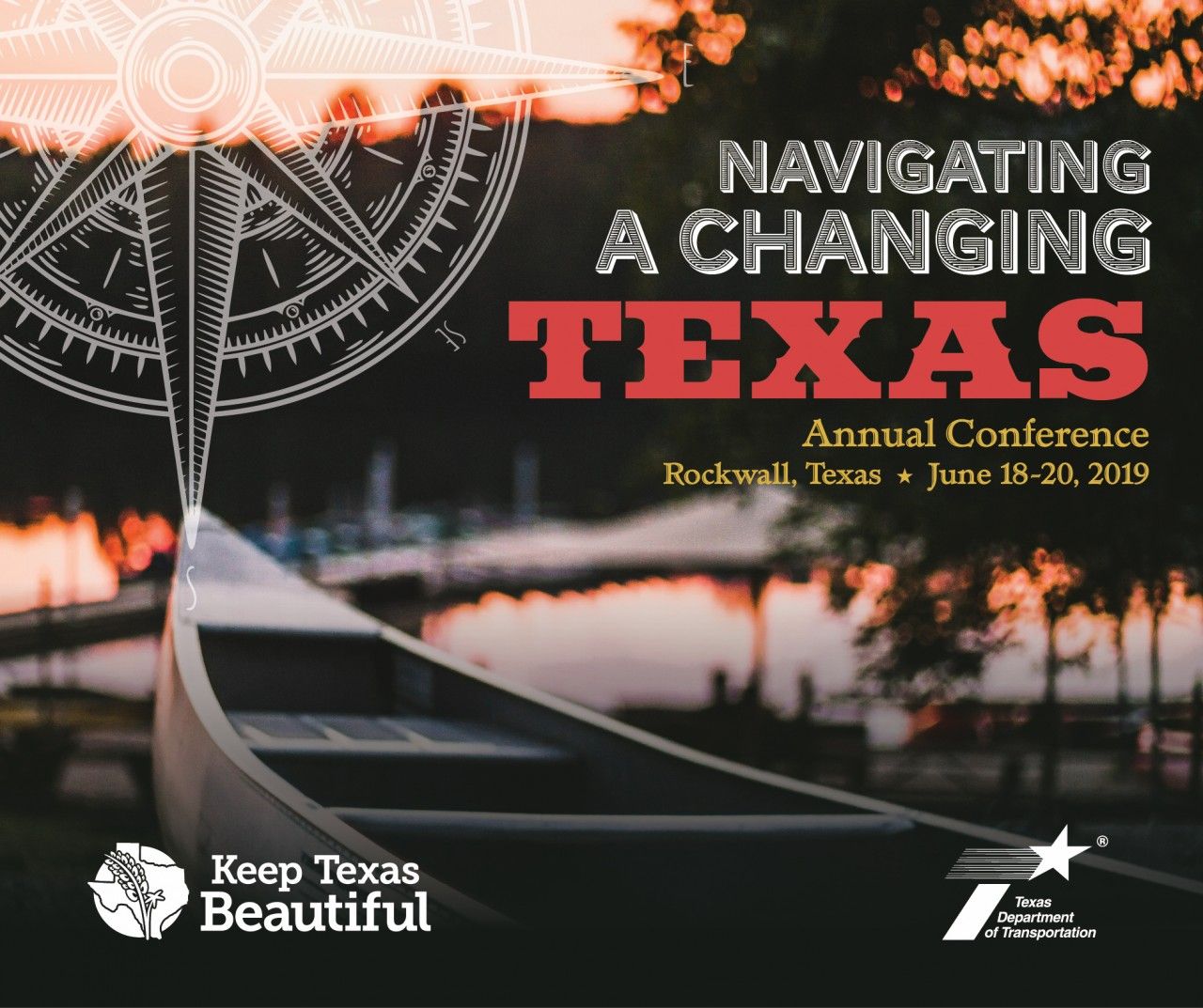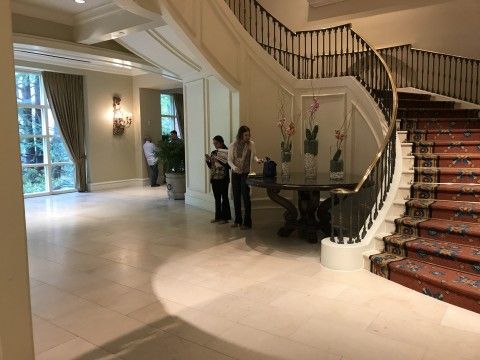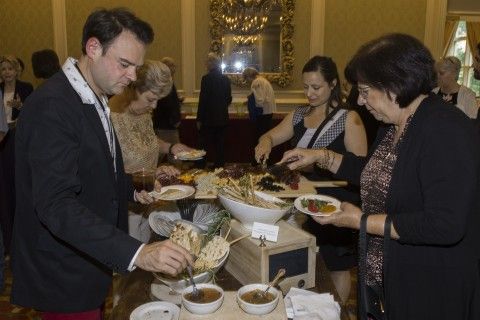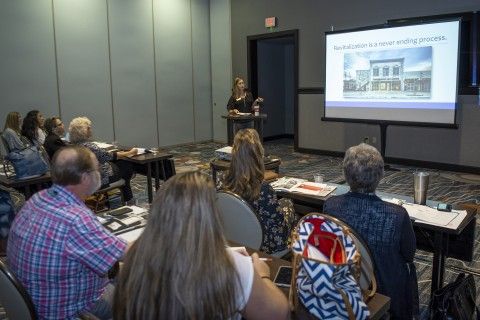Have you heard? Early bird registration for our Annual Conference is officially open! Check out our website to learn about the many fun additions to this year’s conference in Dallas/Rockwall, June 18-20. To celebrate, I’m sharing my second list of tips to help you plan any event.
A few week ago, I shared my Event Planning 101 blog, where I discussed the importance of knowing your audience, defining your budget and determining your needs. Once these are defined, I send out a RFP (Request for Proposal) to venues in locations we are most interested in and that cater to all our needs.
I talk about our needs and audience with the on-site contact. I spend lots of time thinking about our attendees and if I think they will enjoy themselves at the venue. This is also a soft opportunity to negotiate additional concessions that I notice we may need once I arrive on-site. If I notice that parking will be a challenge at this venue, I may take the opportunity to tell my contact that I am not going to be able to close a contract without free parking for our attendees. If I notice that meeting space is a bit limited, I may say that I am going to need an additional room that was not originally discussed at no additional charge. This is a good time to ask for things. These people want your business. They want to say “yes.” Once my site visits are complete, I compile my findings on an easy-to-read spreadsheet for our Executive Director to compare and contrast pros and cons. We discuss, and she then takes it up the appropriate channels. During this process, I keep the venues informed of where we are at as they are chomping at the bit for an answer. Once a decision is made, I inform the winning venue that we have chosen them and again, I may ask for some additional concessions to be added to the agreement before they send it over. Once the agreement (contract) is sent over, I go over it line-by-line to check for errors. I have never had an agreement come over that was not riddled with errors the first time. Once I am confident that the agreement is correct, I have a minimum of two more pairs of eyes look it over for errors. This is a large contract after all! When ready, our Executive Director does the signing.
Now I am going to talk about executing a succinct and budget-precise Banquet Event Order (BEO), as this is an important step in planning a large event!
Every space that your event plans to fill will require a BEO. A BEO is a complete order between you and your venue outlining the way that you want your space configured (layout) to include furniture and stage, food (if any), attendee counts, Audio Visual needs (if any), signage, and key needs. I think about what worked the year prior and make adjustments as needed. I keep track of my BEO on a spreadsheet and send everything over about a month prior to my event. When working to ready my BEO, I am in constant communication with my team to ensure that all needs are met and all rooms and banquets have everything that we require. I keep a spreadsheet with my catering budget that I prepared when we set our event budget for the fiscal year and I update it as our registration numbers come in. There are a lot of moving parts and organization is key. The venue sends over the event order in PDF form shortly after. At that point, it is on me to go through it with a fine-toothed comb. I have also never received a BEO back that was not riddled with mistakes. My conference BEOs average 60-70 pages long so I have to block a minimum of an hour to go through page-by-page and verify each order. Once revisions are made and I think that my BEO is ready, I have at least one more pair of eyes look it over before I sign and send back to the venue. Final meal counts are usually due 1 week before the event.
This is also the time that I am ordering any necessary supplies, booking outside entertainment, hiring temporary staff, and troubleshooting room block issues. I am in constant communication with the venue liaison and the KTB staff to ensure that we have a successful event.
I hope this advice will help you in the future when it comes time to plan a big event for your organization. Things like RFPs and BEOs can be intimidating when it’s your first time planning a big event, but hopefully my tips can provide a little insight! Stay tuned for final details on event planning coming soon.
Blog Post Written By Tina Litzner, Operations & Events Manager.




